High-speed rail: Electric leap forward or multi-billion-dollar boondoggle? – Richard Mills
2024.09.11
For North Americans, one of the highlights of overseas travel is often a journey on a high-speed train. Over the years, getting from A to B in Europe and Asia has been made so much easier thanks to “bullet” trains that max out at over 300 kilometers an hour.
Examples include the Shinkansen in Japan, the TGV in France, the ICE in Germany, and Renfe in Spain, all of which whisk locals and tourists alike to big-city destinations within two to three hours.
The earlier journey on slower trains would have taken five to six hours, or even involve an overnight train with “sleeper cars”.
The move to high-speed rail in North America has begun but is light years behind Europe and Asia.
While proponents say it is a badly needed step to getting drivers out of their emissions-spewing vehicles, critics point out the numerous obstacles to implementing high-speed rail in North America. That includes the high cost, lack of suitable track infrastructure, the relative slow speed of the trains, their surprisingly high emissions, and the fact that they don’t necessarily get passengers to where they want to go.
Developments
In December 2023, the Biden administration announced $8.2 billion in new funding for 10 major passenger rail projects, including a new high-speed rail corridor between California and Nevada; and a new high-speed rail line through California’s Central Valley to link Los Angeles and San Francisco, supporting travel with speeds up to 220 mph.
Brightline West project
The Brightline West High-Speed Intercity Passenger Rail System Project will receive up to $3 billion for a new 218-mile intercity passenger rail system between Las Vegas, Nevada, and Rancho Cucamonga, California. “The project will create a new high-speed rail system, resulting in trip times of just over 2 hours — nearly twice as fast as driving. This route is expected to serve more than 11 million passengers annually, taking millions of cars off the road and, thanks to all-electric train sets, removing an estimated 400,000 tons of carbon dioxide per year,” gushes the White House news release. “The project will also allow for connections to the Los Angeles Metro area via the Metrolink commuter rail system.”
The first rail spikes were hammered this past April, with Brightline West aiming to lay 218 miles of track almost all in the median of Interstate 15 between Las Vegas and Rancho Cucamonga, California. The goal, reports APN News, is to have trains exceeding speeds of 186 mph (300 kph) — comparable to Japan’s Shinkansen bullet trains — operating in time for the 2028 Summer Olympics in Los Angeles.
It was recently announced that a site in New York state has been chosen to build the trains for the $12-billion Las Vegas-LA line. According to ABC News, Siemens Mobility will construct the American Pioneer 220 trains at a facility in Horseheads, in upstate New York.
“Officials say the aim is for the trains to exceed speeds of 186 mph (300 kph) — comparable to Japan’s Shinkansen bullet trains. That would cut the travel time from four hours by car to just over two hours.
“The trains would run faster than those on other high-speed lines in the U.S., including Amtrak’s Acela between Boston and Washington, D.C., which can top 150 mph (241 kph).
“The New York factory is expected to begin building the new trains in 2026.”
California Central Valley project
The California Inaugural High-Speed Rail Service Project will receive up to $3.07 billion to help deliver high-speed rail service in California’s Central Valley by designing and extending the rail line between Bakersfield and Merced, procuring new high-speed trainsets, and constructing the Fresno station, which will connect communities to urban centers in Northern and Southern California. “This 171-mile rail corridor will support high-speed travel with speeds up to 220 mph,” states the news release. “The project will improve connectivity and increase travel options, along with providing more frequent passenger rail service, from the Central Valley to urban centers in northern and Southern California.”
Through the Corridor ID Program, created though the $1.2 trillion Bipartisan Infrastructure Law, 15 existing rail routes would be upgraded, 47 extensions to existing and new conventional corridor routes would be established, and seven new high-speed rail projects advanced. These include Cascadia High-Speed Rail, a proposed new high-speed rail corridor linking Oregon, Washington, and Vancouver, British Columbia; and Charlotte to Atlanta, a new high-speed rail corridor linking the Southeast and providing connection to the busy Hartsfield-Jackson Airport.
Miami line
According to APN News, “Florida-based Brightline Holdings’ Miami line debuted in 2018 and expanded service to Orlando International Airport last September with trains reaching speeds up to 125 mph (200 kph). It offers 16 roundtrips per day with one-way tickets for the 235-mile (378-kilometer) distance costing about $80.
Forbes reported at the end of 2023 that Brightline plans to break ground on an extension to Tampa.
“Other fast trains in the U.S. include Amtrak’s Acela, which can top 150 mph (241 kph) between Boston and Washington, D.C.,” said APN News.
Los Angeles-San Francisco line (proposed)
In California, a proposed 500-mile (805-kilometer) rail line linking Los Angeles and San Francisco was approved by voters in 2008, but has seen estimated project costs skyrocket from $33 billion to $128 billion.
While the United States has clearly made progress in high-speed rail, Canada is reportedly the only G7 country without the technology.
Pros
A Globe and Mail column penned by author/ academic John Rapley states that high-speed rail — involving faster trains not just more frequent ones — is “a badly needed idea that the federal government should not have abandoned.”
Rapley notes that, despite the country’s continued investments in road and highway infrastructure, Canada has one of the world’s longest average commute times.
Yet the drawbacks of a car-based transportation network are most apparent when it comes to intercity travel. Rapley gives the example of the journey between Ottawa or Montreal to Toronto for a meeting or job interview. The fastest two options are to fly or drive. If a traveler wanted to take a train, it would be slow and likely require an overnight stay, adding to the cost and hassle.
A high-speed train running between Montreal, Ottawa and Toronto would allow travelers to make the journey there and back within a day.
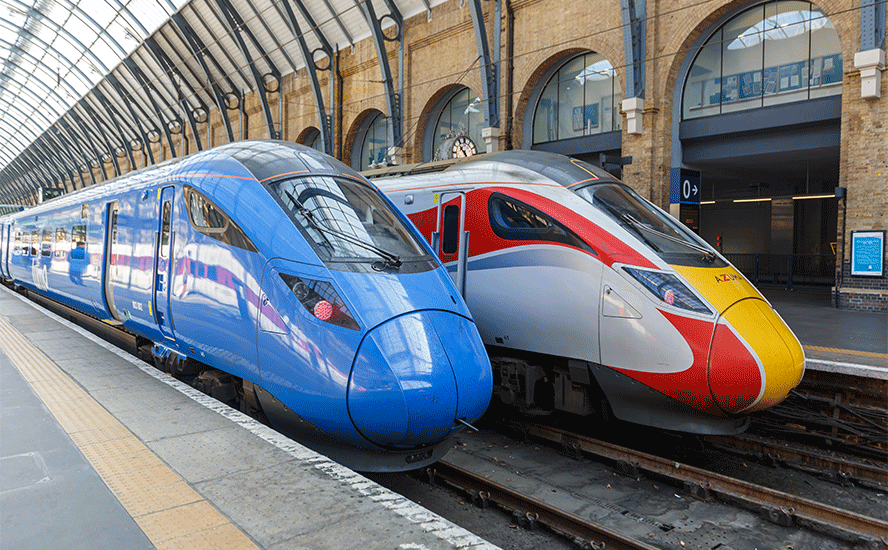
Rapley notes the high-speed rail system in southern England made networking and information-sharing among a large cluster of scholars easy and frequent, when he lived there. The same thing could occur in the Southern Ontario-Quebec corridor.
Moreover, fast trains enable start-ups, often spun off from universities, to cluster around rail hubs, and for knowledge and human capital to spread across a region:
Research on such clustering reveals that the most dynamic firms tend to form linkages with firms outside their immediate vicinity, and rely on their ability to attract workers into them.
Back to US high-speed rail, an article in New Scientist says as work begins on the Los Angeles-Las Vegas line, the project could serve as a blueprint for similar projects across the country.
It points out two reasons why Brightline West may succeed where other US high-speed rail projects have fallen behind:
- Brightline is focused on connecting major markets separated by about 400 to 550 kilometers, according to a report by the infrastructure consultancy AECOM. That represents a sweet spot where high-speed rail is very competitive with driving and flying.
- Another factor in Brightline’s favor is that it leased access from Nevada and California to build Brightline West through the existing Interstate 15 corridor. That bypasses the typical costs and delays involved in obtaining rights of way and acquiring land.
Popular Science adds that new high-speed rail projects could foster competition with Amtrak, currently the nation’s primary long-distance rail provider, and encourage new lines in areas that remain unserved.
PopSci also says the US Department of Transportation estimates that Brightline West could cut 400,000 tons of carbon dioxide per year by taking would-be drivers out of their cars and putting them into trains.
Cons
However, the latter point is refuted by the fact that high-speed rail construction releases a huge amount of greenhouse gases, particularly for concrete ties, steel rails and other construction materials. The Cato Institute quotes a study predicting that building California’s 520-mile line would release 9.7 million tons of greenhouse gases, or 18,650 tons per mile. While operating the trains would save GHGs, the study estimated it would take 70 years to repay the construction costs.
Calling it “obsolete technology,” Cato says fast train travel made sense when air fares were more expensive than train fares. Now, the average airfare is less than a fifth of the average fare paid by riders of the Amtrak Acela.
It’s also a minimal market. In 2019, Amtrak carried only 0.1% of all passenger travel in the United States.
But the main disadvantage, other than their slow speeds compared to air travel, is they require a large amount of infrastructure that must be built and maintained to extremely precise standards. Contrast this to airliners, where the only infrastructure required is air traffic control.
The Cato Institute offers 10 reasons why high-speed rail is a bad idea:
It’s too expensive. California has spent an average of more than $100 million per route-mile building 220 mph track on flat land. The latest estimates project that the entire 520-mile route will cost $100 billion, of which $20 billion is for 120 miles of flat land and $80 billion is for 400 miles of hilly or mountainous territory. That works out to $200 million a mile for hilly areas.
Once built, high-speed rail systems are expensive to maintain. Long-run capital renewal requirements include replacement of rails and trainsets as frequently as every 10 years. Transit agencies in the United States currently have a $176 billion maintenance backlog.
The 48,500 miles of interstate highways connect every state and every major urban area in the contiguous United States. Constructing the system cost about $530 billion in present-day dollars, making the average cost of $11 million per mile well below that for high-speed rail. If built today, it might cost a little more but would still be less than a fifth of the cost, per mile, of high-speed rail lines.
Since high-speed train ticket revenues are not likely to cover operating costs, much less capital costs, all of the construction cost would come from deficit spending.
Wasted infrastructure. As cars became more popular, gas taxes and other fees paid by auto users covered the costs of paving roads and expanding the highway network. Similarly, when the first planes went into commercial service, they could land in any open field. As air travel became more popular, airlines used their profits and air ticket fees to improve airports. In contrast, high-speed trains require that the high-cost infrastructure be put in place first.
Moreover, unlike highways and airports, which are shared by passenger, freight, and national defense vehicles, high-speed trains can only be used for passengers, making them far less cost-effective.
Energy hog. It takes a lot more energy to move a train at 220 mph than to move one at conventional speeds of 60–80 mph. The East Japan Railway Company, which operates both high-speed and conventional trains, says that moving a high-speed train car one kilometer requires 57% more energy than a conventional train car.
Because most passenger trains make multiple stops, many trains tend to be relatively empty for much of their journeys, greatly reducing their energy efficiency.
The biggest factor working against the energy efficiency of high-speed rail is the huge amount of energy required to build it as well as to periodically replace infrastructure such as rails and power facilities. Airports are practically the only infrastructure required for airlines, but high-speed rail lines need mile after mile of roadbed, ties, rails, power supplies, signals, and stations to operate. Even if high-speed train operations used somewhat fewer BTUs per passenger-mile than airlines, the high energy costs of building and replacing infrastructure would more than make up for that savings.
Outside of the West Coast and a few other states, most of the electricity that would power US high-speed trains is generated by burning fossil fuels.
It’s slow. High-speed train average speeds are a lot lower than the 220 mph or so top speeds that proponents like to trumpet. Part of the reason is that they need to slow down in places for safety reasons and for intermediate stops.
The biggest factor slowing down air travel is the time required to get through airport security. Yet, security systems can be streamlined for a lot less than it would cost to build high-speed rail. If high-speed rail ever became a significant mode of travel, it also would require security systems.
It doesn’t go where you want to go. People driving on an interstate freeway can get off the freeway at any exit and access the nation’s other 4.1 million miles of roads. Once rail passengers arrive at a station, they must find some other mode of travel to reach their final destinations, greatly reducing the convenience of the system.
It won’t get many people out of cars or planes. The most heavily used high-speed rail lines in the world, including those in China, Europe, and Japan, gained their riders from conventional trains, not from cars or airplanes. The United States doesn’t have enough conventional train riders for high-speed rail lines to succeed. The three European countries with the most high-speed rail lines — France, Germany and Spain — have not seen rail reduce automobile or airline travel.
Air travel in Europe has massively increased thanks to the introduction and expansion of low-cost air carriers, while in China, automobile ownership is growing much more rapidly than rail ridership.
No “sweet spot”. A fundamental precept behind high-speed rail is that there is a “sweet spot” of distances between cities in which high-speed rail will thrive as the distance is supposedly too long for auto travel and too short for air travel. The Federal Railroad Administration, for example, claims that this sweet spot is between 100 and 600 miles. This claim is entirely speculative, and there is no evidence that it is true. On one hand, many short-distance routes are served by numerous airliners each day. On the other hand, the distances people are willing to routinely drive continue to grow.
It won’t help and may hurt the economy. Studies have found that high-speed trains can generate new economic development near the stations where the trains stop. However, the same studies show that economic development slows in communities not served by such trains. On a nationwide basis, high-speed rail is thus a zero-sum gain. Far from boosting the economy, most countries that have built high-speed rail systems have gone heavily into debt.
It takes decades to plan and build. The California legislature created a high-speed rail commission to study the possibility of a rail line in 1994. Construction didn’t begin until 2015. Not all high-speed rail lines may take this long, but two decades seems a likely minimum.
Source of political corruption. As with any megaproject, high-speed rail is a tempting target for people who would illegally or unethically divert government dollars to their own political or economic gains. The Obama administration’s revised, 2010 high-speed rail plan included a line to Duluth, Minnesota, which has only 120,000 people in its urban area. Not coincidentally, at the time the map was issued, the chair of the House Transportation and Infrastructure Committee was from Duluth.
A review of 10 passenger-train corridors funded by President Obama’s high-speed rail program found that only one ended up increasing train speeds by more than 2.2 miles per hour, and several actually saw speeds decline, suggesting that the $11.5 billion federal dollars and $7 billion state dollars spent on these projects was almost completely wasted.
The Cato Institute concludes that “High-speed rail is a costly and obsolete technology. It is slower than flying, less convenient than driving, and more expensive than both. Its environmental benefits are questionable at best, especially since both cars and airliners are becoming more fuel-efficient and less polluting every year. The United States does not need an expensive new infrastructure system that will take decades to build, carry relatively few passengers, and provide no improvements to freight service.”
“Rather than funding an obsolete system we don’t need, [Secretary of Transportation Pete] Buttigieg and Congress should find ways to relieve congestion, improve safety, and increase people’s access to jobs and other economic opportunities by improving existing roads and building more highways that could be paid for with user fees.”
Believe it or not, there are more arguments against high-speed rail, some overlapping with the Cato Institute’s findings.
Last year Forbes wrote that US rail projects are more expensive and take longer to finish than anywhere else in the world. Domestic rail and transit projects cost 50% more on a per-mile basis than those in Europe and Canada. One study found European tunnels can be completed 18 months faster than anything in the US.
One suggestion for lowering the cost of high-speed rail in the US is to repeal the ‘Buy America’ provisions. Because the country lacks a dedicated domestic rail industry, its laws force foreign manufacturers to build in America. This means taxpayers are currently forced to pay a 40 to 70% cost premium.
The publication also advises to end the “weaponization of environmental law”. In recent years many environmental laws have been used to block rail projects that, ironically, are designed to improve the environment, states Forbes.
Scientific American outlines the most pragmatic of all the US high-speed rail cons mentioned so far: outdated rail tracks.
A year ago, the publication noted Amtrak will soon get 28 high-speed rail cars, to be linked into high-speed bullet trains that run between Boston, New York and Washington. The problem? The 450-mile route does not have tracks that can handle the speed:
Amtrak, a federally owned passenger-rail company, will have to operate the new trains on tracks that were built more than a century ago for much slower commuter and freight service. The bullet cars will be forced to run slower than 110 mph in most segments.
Many European and Asian countries operate high-speed trains around 200 mph on special tracks designed for faster speeds and closed to slower rail cars…
None of the nation’s rail lines are built for trains to run 200 mph. Amtrak’s Northeast Corridor — the busiest intercity U.S. passenger route by a wide margin — is filled with sharp curves, bottlenecks, decaying tunnels, bridges and overhead power lines that slow down trains. The corridor needs billions of dollars for basic improvements and to accommodate high-speed service…
Currently, only 32 miles of tracks on the Northeast Corridor can handle speeds up to 160 mph. Amtrak plans to make an additional 100 miles of tracks capable of handling bullet trains in the next 12 years. The expansion would enable bullet trains to hit 160 mph in roughly 30 percent of the rail route by 2035, a full decade after they start operating.
Back to Canada, one of the main obstacles to high-speed rail concerns ownership of the rail tracks. Most of the tracks used by Via Rail, the country’s passenger rail provider, are owned by CN Rail, which moves freight. Signaling issues often result in passenger trains being moved onto side tracks with lower speed limits.
Only 59% of Via’s trains were on time in 2023.
Having dedicated passenger tracks is clearly the way to go, and is part of the mandate given to Via High Frequency Rail (HFR), formed in 2022 to develop high-frequency passenger rail service in the 1,000-km Southern Ontario-Quebec corridor.
The Globe and Mail reports “Via HFR asked each of three competing groups to provide two proposals each: one that would run trains at 200 kilometres an hour; and a second project in which the trains are much faster. This is in line with the high-speed trains in Europe, Japan and elsewhere, but is far more costly.
“On top of costs – estimated at several billion dollars for either project – hurdles include the task of buying the railway’s rights-of-way, and electrifying the system.”
“Proposals from three private consortiums to build and run the system are due in the summer, and in the fall the government will select a group with which to work.”
Conclusion
Despite the hopes and dreams of train buffs and clean-transportation enthusiasts, there are many obstacles blocking the tracks of high-speed rail projects in the United States and Canada.
These projects cost billions, take at least a decade to complete, and in the end, provide poor value to taxpayers because there are few users.
And unlike in Europe and Asia, they aren’t that fast.
In the most densely populated areas, like the US Northeast, high-speed rail is a misnomer because the trains are running on tracks not designed to travel at speeds over 200 mph. The Canadian equivalent, high-speed trains to/from from Montreal, Toronto and Ottawa, remains an expensive megaproject that the federal government seems reluctant to fund; VR HFR is currently accepting bids from the private sector.
Without dedicated passenger rail tracks, high-speed trains would have to share space with freight trains, which take priority on CN’s tracks. More than half the time, Via Rail’s trains are delayed for this reason.
High-speed rail makes more sense on new tracks built specifically for that purpose, such as the Brightline West project linking Los Angeles to Las Vegas. But even here, will it really get people out of their cars and stop them from flying? In car-culture America, I have my doubts.
The three European countries with the most high-speed rail lines — France, Germany and Spain — have not seen rail reduce automobile or airline travel.
Road infrastructure is cheaper to build per mile than railroads, and the latter is less efficient; unlike highways and airports, which are shared by passenger, freight, and national defense vehicles, high-speed trains can only be used for passengers, making them far less cost-effective.
Since high-speed train ticket revenues are not likely to cover operating costs, much less capital costs, all of the construction cost would come from deficit spending.
This alone is a red flag for me, the last thing we need is another government megaproject white elephant.
Richard (Rick) Mills
aheadoftheherd.com
subscribe to my free newsletter

Legal Notice / Disclaimer
Ahead of the Herd newsletter, aheadoftheherd.com, hereafter known as AOTH.Please read the entire Disclaimer carefully before you use this website or read the newsletter. If you do not agree to all the AOTH/Richard Mills Disclaimer, do not access/read this website/newsletter/article, or any of its pages. By reading/using this AOTH/Richard Mills website/newsletter/article, and whether you actually read this Disclaimer, you are deemed to have accepted it.
Share Your Insights and Join the Conversation!
When participating in the comments section, please be considerate and respectful to others. Share your insights and opinions thoughtfully, avoiding personal attacks or offensive language. Strive to provide accurate and reliable information by double-checking facts before posting. Constructive discussions help everyone learn and make better decisions. Thank you for contributing positively to our community!
1 Comment
Leave a Reply Cancel reply
You must be logged in to post a comment.

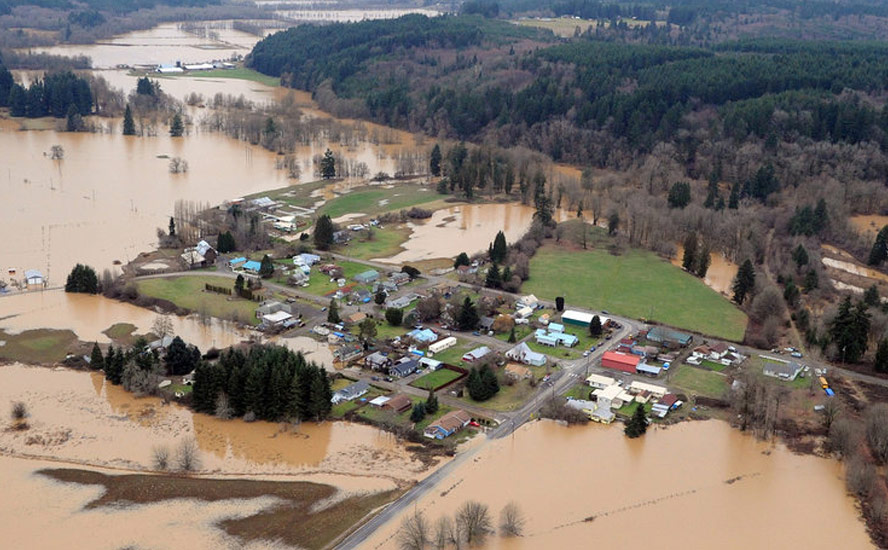






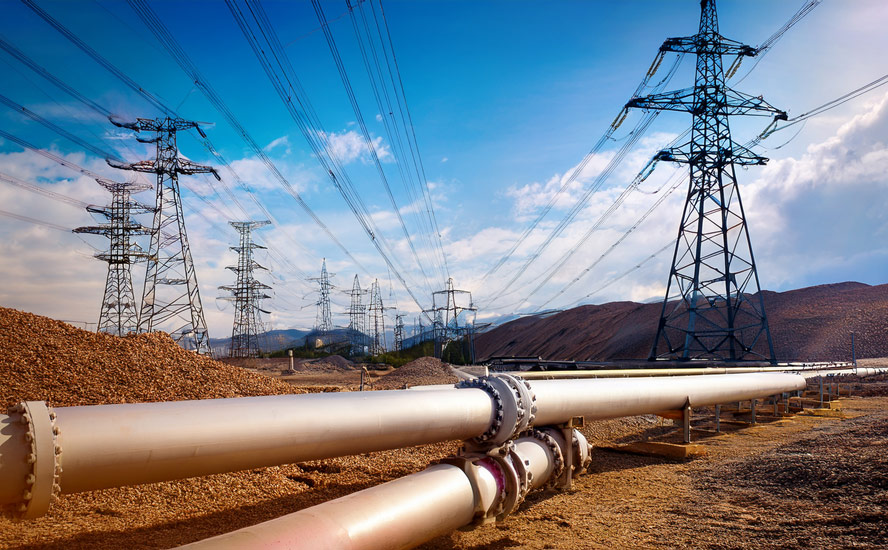
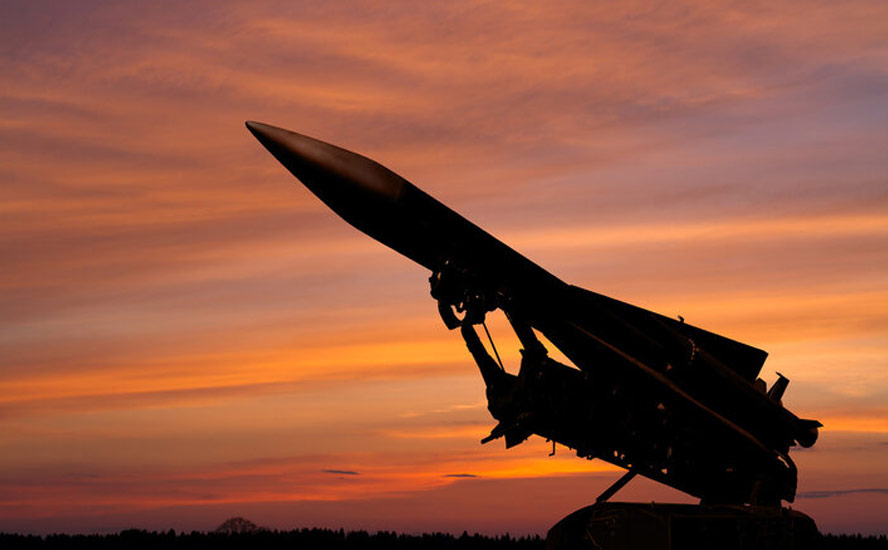







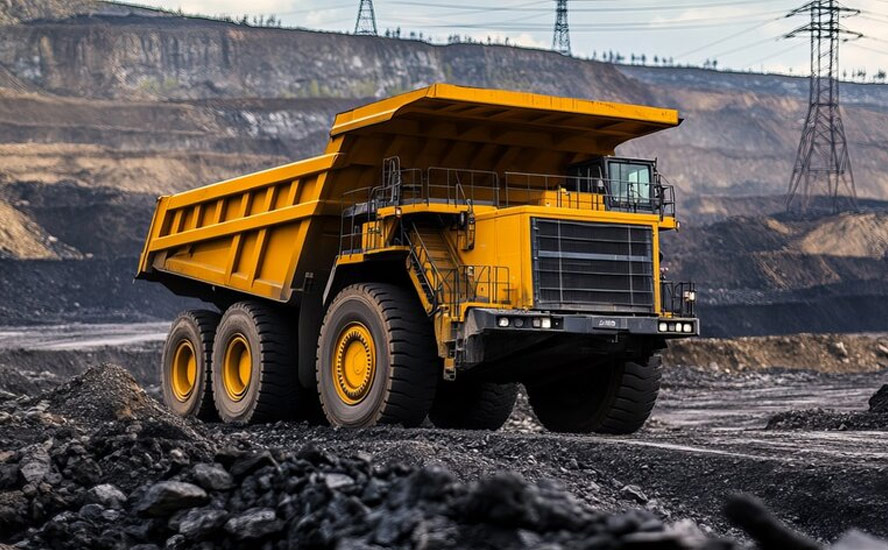


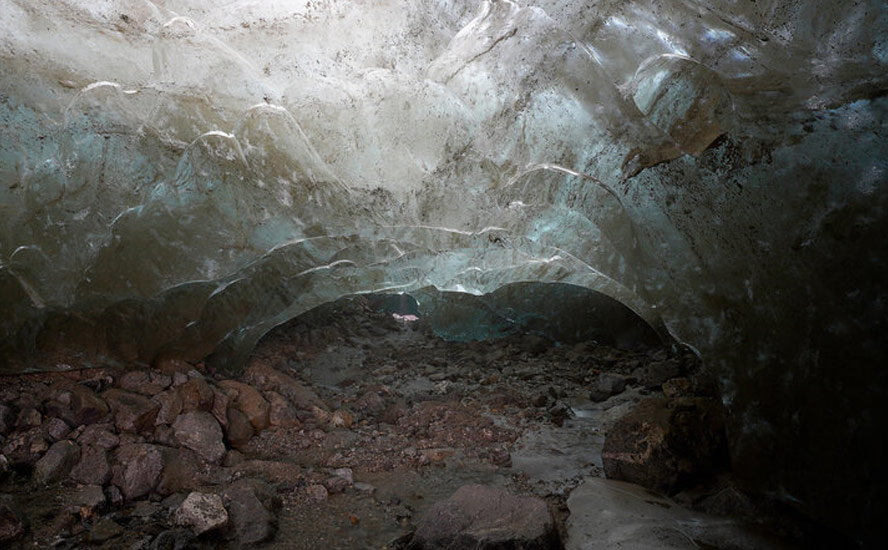






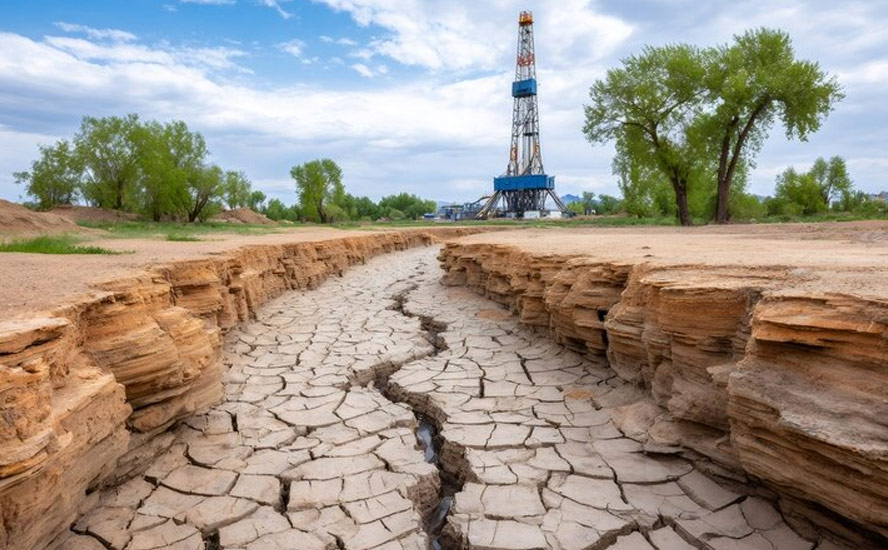
#HighSpeedTrain #BulletTrains #ViaRail #Amtrak